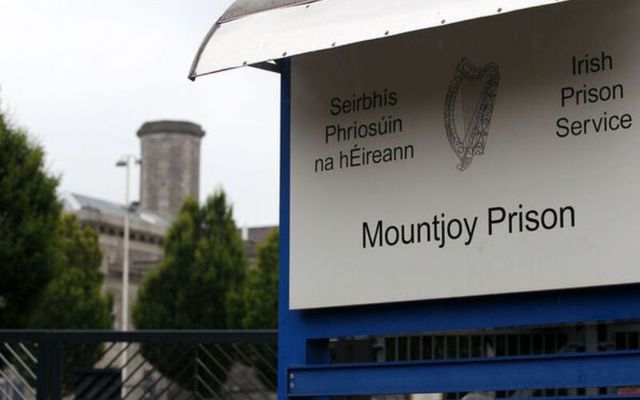Ireland’s Department of Justice announced today, January 2, that it is currently engaged in a project to remove the remains of executed prisoners from the grounds of Mountjoy Prison in Dublin for reinterment at a suitable location.
The area where it is planned to carry out excavations is thought to contain the remains of 29 prisoners executed between 1923 and 1954, the Department said.
It may also contain the remains of a small number of prisoners executed prior to the foundation of the State.
Any remains discovered during the excavations, regardless of the date of the individual’s death, will be reinterred at a suitable location.
A full list of the individuals whose remains it is hoped to recover is available online here. Relatives of the individuals hoped to be recovered can contact the Department of Justice via email at [email protected] to be involved. All communications received will be treated as confidential.
This process is due to commence in January 2024. It is expected that it will be carried out over a period of about six to seven months.
The Irish Examiner reported in February that test excavations were conducted at Mountjoy Prison in the wake of the 2015 pardon of Henry 'Harry' Gleeson, who was executed in 1941. Gleeson was the first man in the history of the State to be posthumously pardoned.
A total of six spots within the area of the north wall of the prison were checked and 29 individuals deemed to be buried at this location were identified.
Kevin Gleeson, grand-nephew of Harry Gleeson, told RTÉ News that he and his family are "very hopeful" that Harry's remains can be recovered.
"This will give that chance for the people who have been close to the story - family and relatives - give them the opportunity to pay their respects and give Harry a proper, Christian burial."
He added: "If Harry's remains are recovered, our plans are to reinter and bury him with his parents and some of his siblings in the old graveyard in Holycross."




Comments